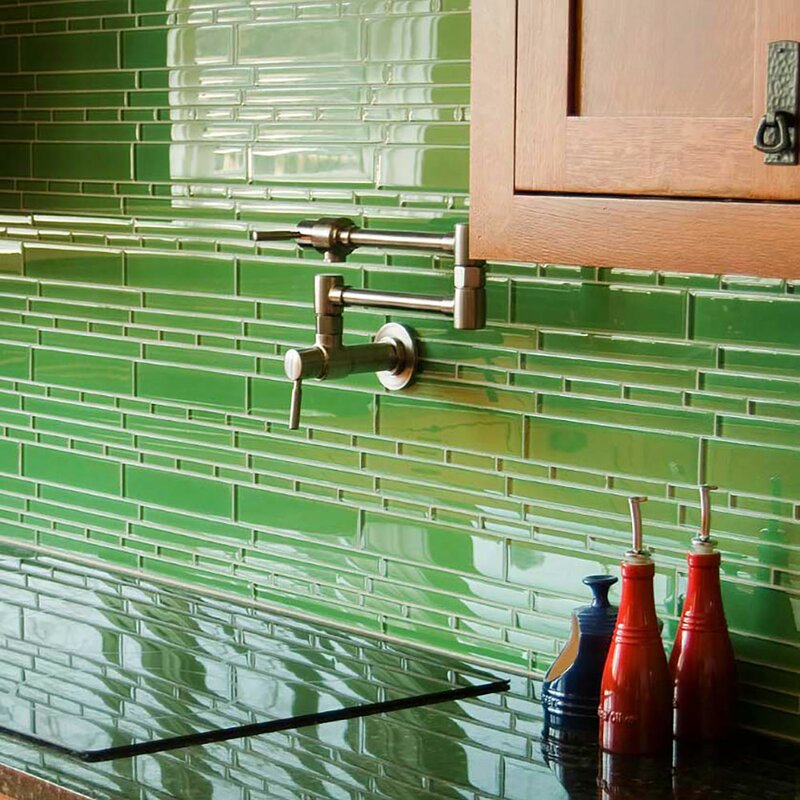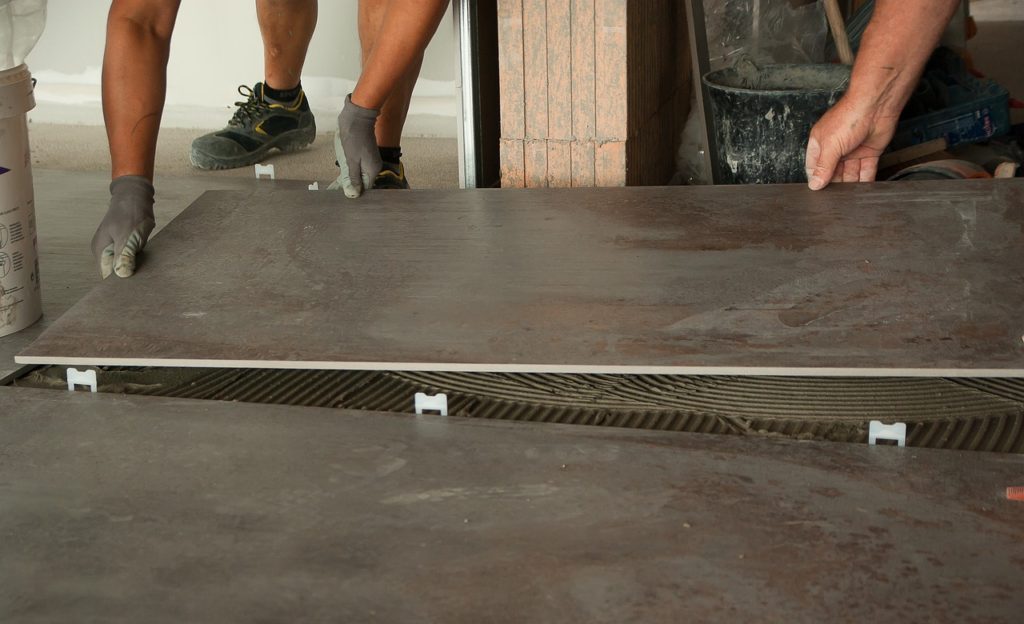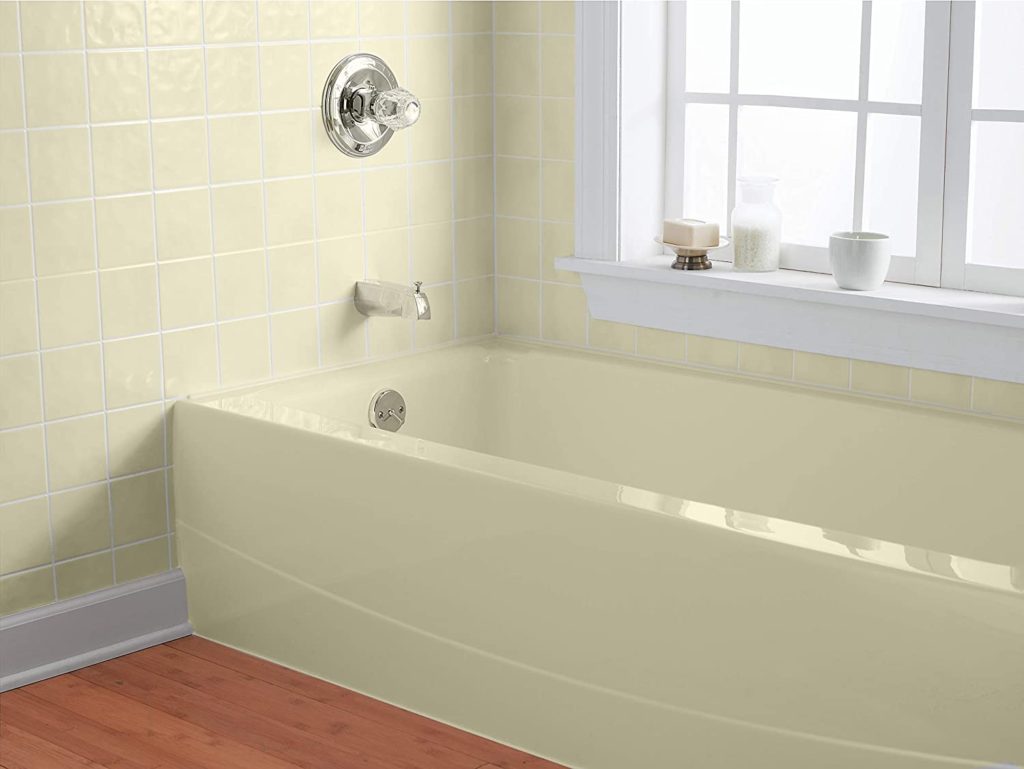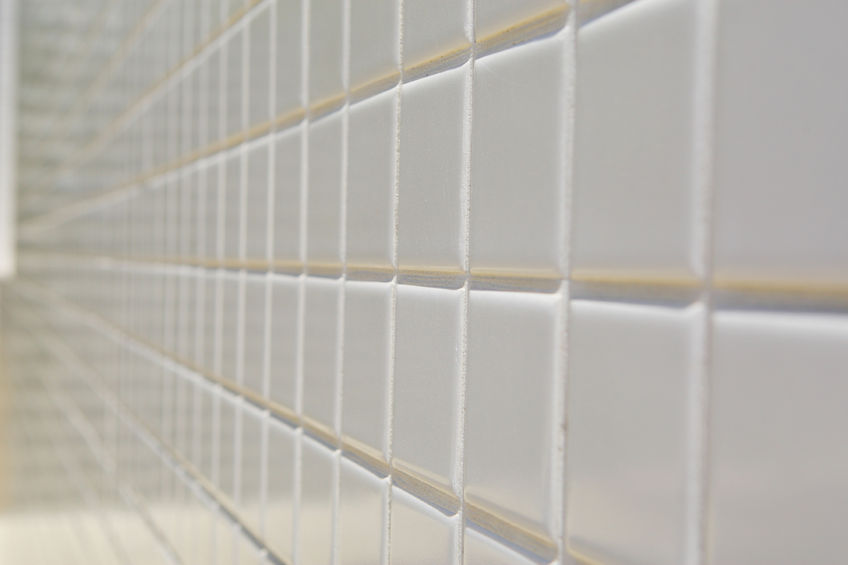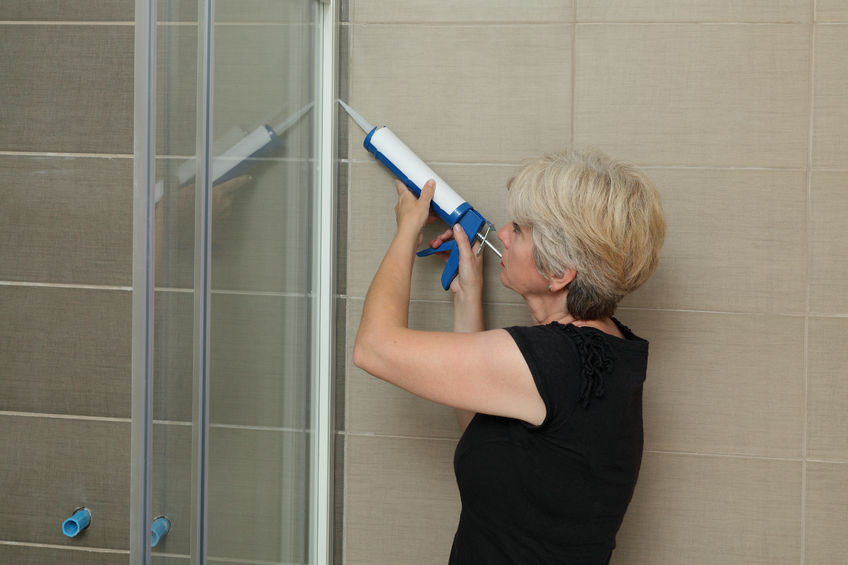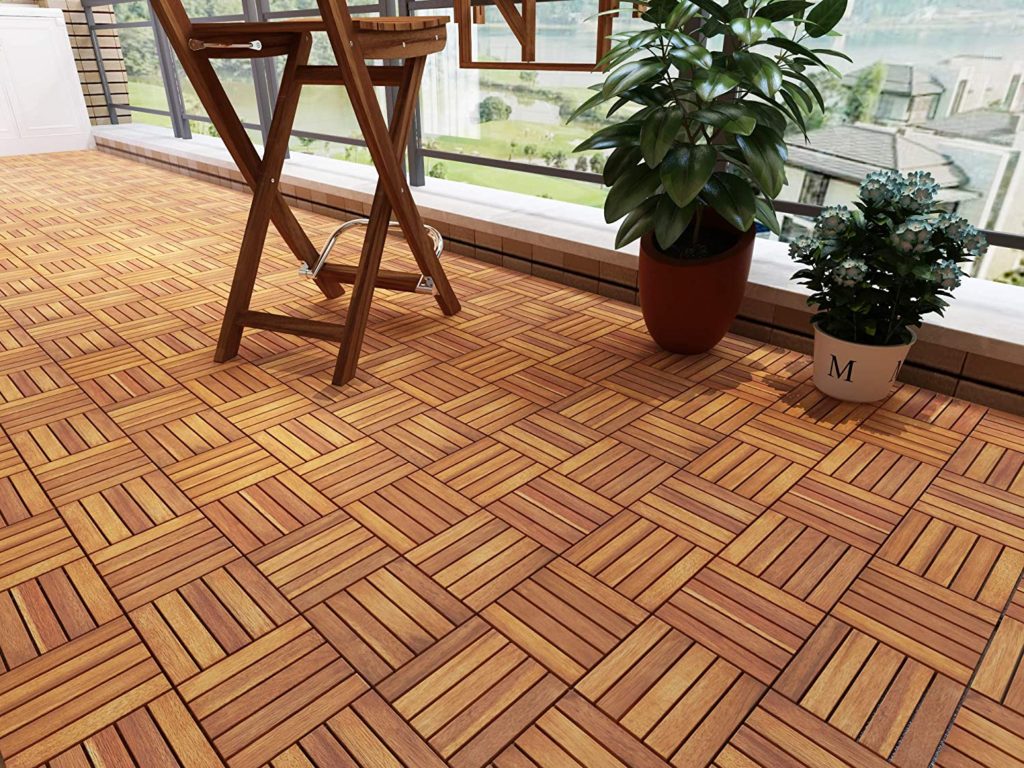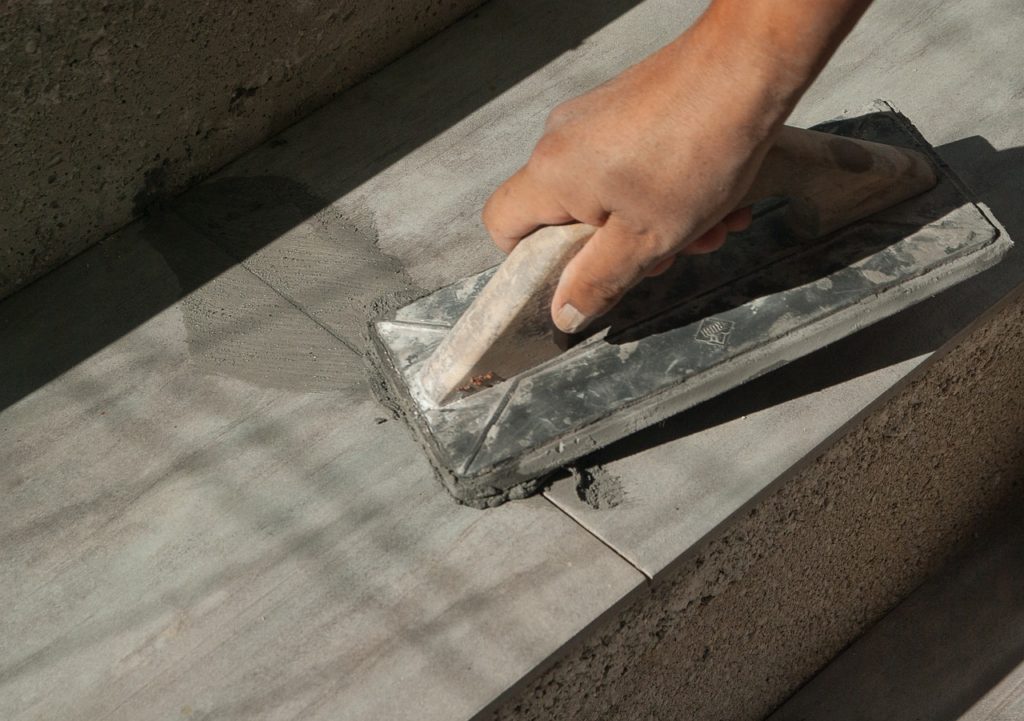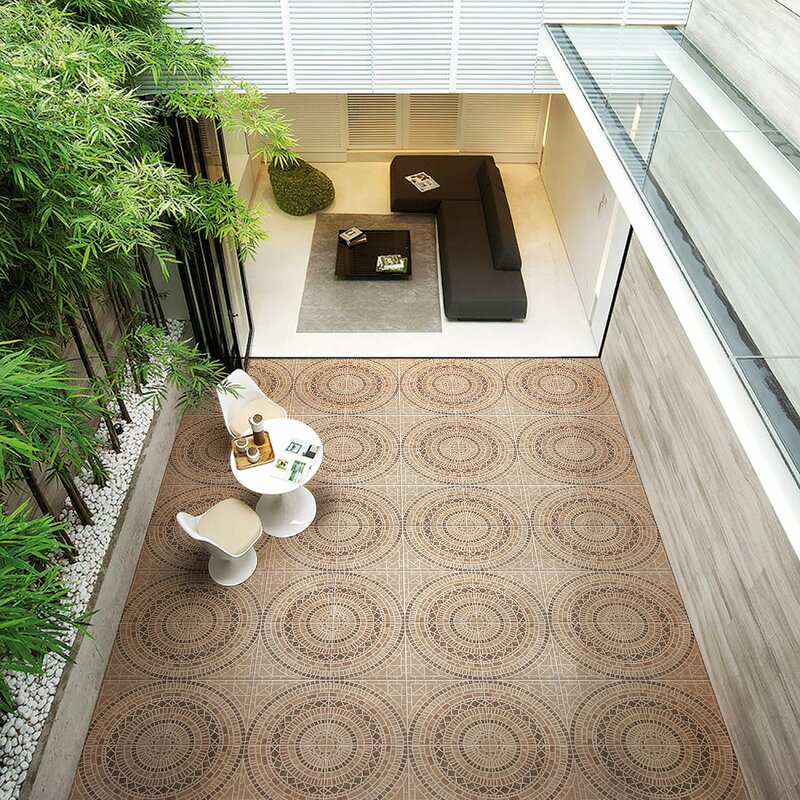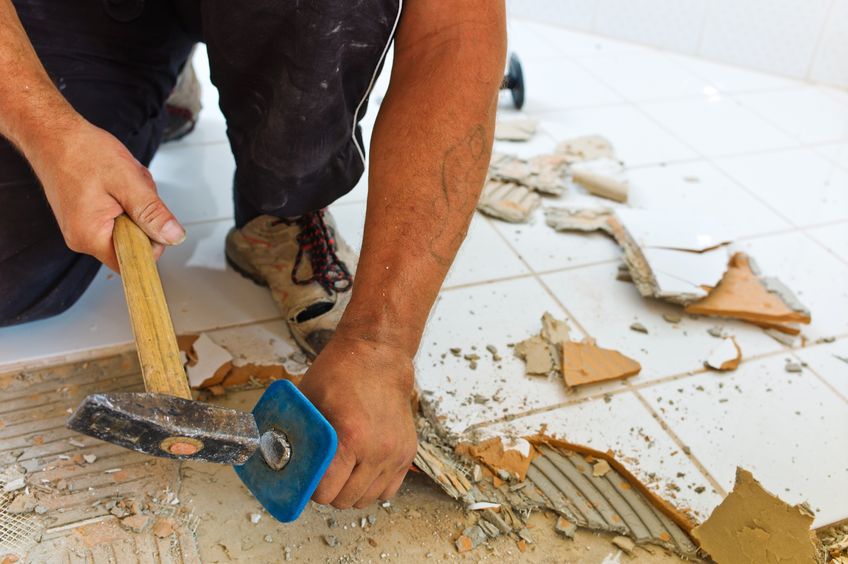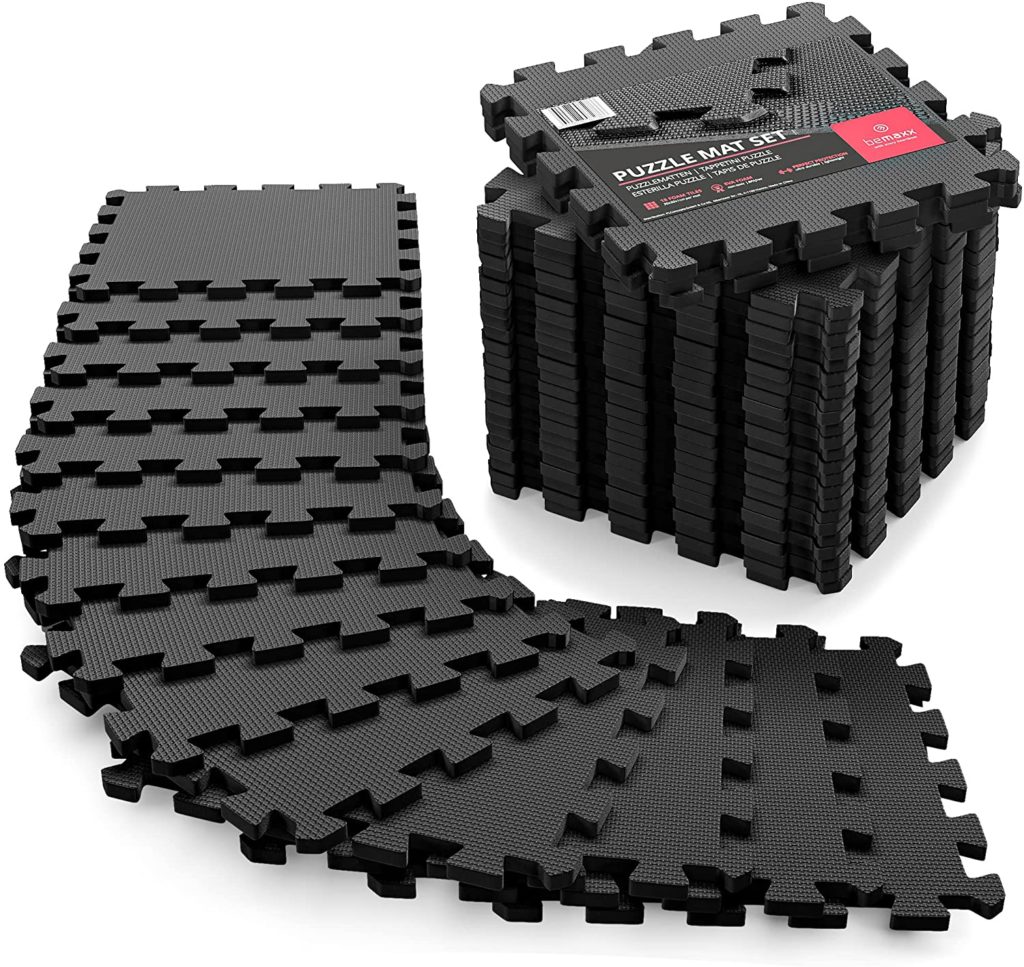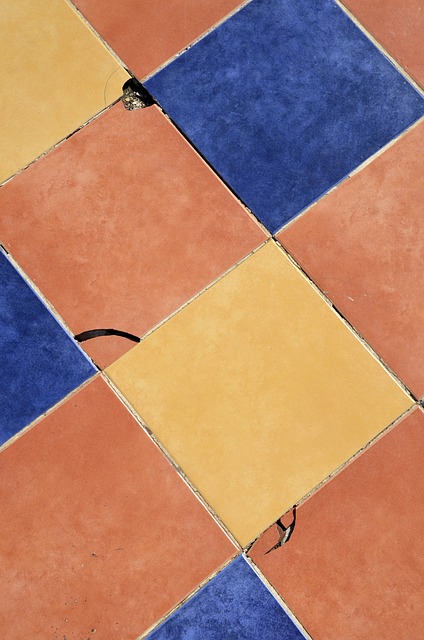
While tile can be incredibly strong, it’s not unbreakable. So what causes tile to crack? There are actually quite a few different causes, and here are the most common.
Hard Impacts
One of the most frequent causes of broken tile on floors and countertops is when something is dropped on them. Objects which are hard, heavy, and dropped from higher up will cause the most damage. Some types of natural stone flooring such as marble tiles may develop cracks in the surface of the tile but not crack completely. These are known as stun marks, which are actually caused by small explosions in the crystal structure of the stone from the impact.
Supporting Too Much Weight
Floor tile in general can support extremely heavy weights per square inch. That’s why it’s rare for tile to crack even while supporting heavy appliances such as fridges. However not all tile materials are made for all applications.
For this reason, you’ll always want to check first that the tile material you are considering is suitable and rated for how you will be using it. Also, DIY enthusiasts will need to make sure they don’t use wall tile on floors or countertops since it is too fragile and very likely to break.
Cracked Concrete
When tile is bonded directly to concrete and that concrete happens to crack so can the tile layer above. This is known as reflective cracking and often causes multiple tiles to crack.
When initially installing tile by using what’s known as a crack isolation membrane, you can protect floors from potential future cracks in the concrete.
The membrane is bonded to the concrete and the tile is bonded to the membrane. This allows the membrane to stretch and move with the concrete and prevents the tile cracking even if the concrete does.
Tiling Over Control Joints
A control joint is used in a concrete slab to help prevent random cracking. It allows the slab to crack in a straight line. Curling and movement of the concrete at the control joint is very common. And tiling directly over a control joint can therefore cause reflective cracking in the tiles above.
Tiling Before A Slab Has Cured
The concrete slab that the tiles will be placed over needs the appropriate time to cure before the tiles are installed. The length of time needed can depend on several factors such as the cement to sand ratio, particle size, water exposure, along with environmental factors.
A safe estimate is typically to wait about twenty-eight days, although the longer the better. If you install your tiles before the slab has properly cured they could be damaged by the stress of the shrinkage of the concrete as it hydrates and the extra moisture evaporates. Also, the slab is more prone to cracking while curing which could result in reflective cracking as well.
Excessive Deflection
Because tile itself is stiff and inflexible it needs a surface below it that is rigid. Wooden flooring joists are what make up the base level of your floors and they help to keep your floors straight and supported.
However, when joists are spaced too far apart the forces of compression and tension can cause sagging in the floor. This is also known as excessive deflection. This lack of support under the rigid tiles will typically first cause cracking in the tile grout and ultimately cause the floor tile to crack too.
Low-Quality Tile
While it can be tempting don’t try to save too much money upfront by purchasing second-grade materials. This can lead to cracking later on down the road. And of course, this can end up costing you more in the long run than if you had simply purchased quality materials.
Improper Tile Installation Techniques
When tiles are improperly installed it can lead to problems in the future. One common installation mistake is not using a flexible caulk to create expansion joints where the tile meets another material.
Sometimes grout is used instead and since it is inflexible it doesn’t allow movement between the two materials. And that can lead to cracked tiles and grout.
Another common installation mistake is not properly leveling out the thinset. This can cause empty spaces on the backing of the tile. And with no support in these hollow spots tiles, they can be much more prone to break.
Now that you know what causes tile to crack, you can adequately assess the problem or help to prevent it. By sticking with quality materials, taking the time to install them correctly, or hiring only reputable professionals to do the job for you, you can help make sure your project is a success.
Start Shopping for Tile!
Choosing Your Tile Color
Buy on Wayfair The tile color you choose is one of the most important decisions you can make for your project. It can make a huge difference in how your home looks and feels and can even be a factor if there comes a time in the future when you would like to sell your...
A Quick Glossary Of Tile Terms
There can be a lot of new terms that come up when purchasing or planning to install tile in your home. So we've compiled a quick list of some of the most commonly used tile terms along with their definitions to help you on your way. Let's get started! Back Buttering:...
How To Touch Up Your Tile On A Dime
Buy on Amazon Chipped and cracked tiles can be a major eyesore. They not only take away from the look of your installation but from the room as a whole. However, oftentimes you can get away without having to remove any tile whatsoever, saving you time and money. When...
Water Stains: A Sign Your Tile Installation May Have A Problem
There are a few clues that can help to show you that your tiling project may have a problem. Water stains in particular can be a dead giveaway that tiles that have been installed in a wet area like a bathroom, have a problem. Even if the stains have just recently...
The Best Practices For Dealing With Cracked Tiles And Joints
Adding tile to your home is always a smart decision and one that will add to its looks and function. However, sometimes problems may arise after the job has been completed. Without a doubt two of the most frequent are both cracked tile joints and cracked tiles. Here...
Six Wet Room Tile Design Tips
A wet room is a completely waterproof shower room that offers a more stylish and contemporary alternative to a traditional bathroom. They can be installed in virtually any home and are fantastic for increasing the value of a property. Tiling is one of the key design...
Deck Tiles: An Easy and Inexpensive DIY Option
Buy on Amazon A new deck or patio can not only be a very time-consuming project but also an expensive one as well. A much more convenient and inexpensive option are deck tiles. Made from a variety of great-looking materials these tiles are an easy way to give your...
Tiling Tips That Can Save You Time, Money, And Effort!
When purchasing, laying or working with tiles, a little good advice can go a long way. Most mistakes that cause you to lose time, money, and effort are easily avoidable. Here are some tips that could help you save one or all of these: -Before you start your project...
Larger Tiles Tend To Make A Small Room Appear Bigger!
Buy on Wayfair There are many tricks used by interior designers, builders, and contractors that can really affect the way a room is viewed. And while most homeowners don’t know about them, they are simple enough to be applied by anyone and can really work wonders to...
How To Estimate How Many Tiles You Need Quickly And Easily Without A Tile Calculator!
When purchasing wall or floor tiles, many people use a tile calculator program. However, not only do you not need one, its smarter for you to know how to estimate how many boxes of tile you will need by yourself, without the use of a computer...
Learn Tile Removal In 5 Minutes!
There are many reasons you might need to remove a single or even multiple tiles. The good news is you don’t need to pay someone else to do it for you. While it might require a little “elbow grease,” tile removal is a very simple DIY repair that any homeowner can do...
So What’s The Best Tile Cleaner? It’s Not What Your Mother Told You!
We’ve all seen nasty green grout lines and funky sticky tiles somewhere, and always promise ourselves it won’t happen to us. So what’s the way to keep the green monster at bay? It’s actually not the way your mom probably taught you! What Not To...
Rubber Tiles Made Easy!
Buy on Amazon While rubber tiles are not known for their beauty or stunning appearance, that’s not what they’re built for. Instead, these tiles are all about function. So here is your complete guide to this helpful flooring option. Safety The reason most people...
